The Lomellina: landscapes, cities and the most beautiful river in Italy.
Workshop with large format cameras and black and white film.
Led by Giulio Speranza and Urs Bernhard
With the support and participation of JOBO artisan
Vigevano (Lombardy, PV)
September 29 – October 3, 2025 (Monday afternoon to Friday morning)
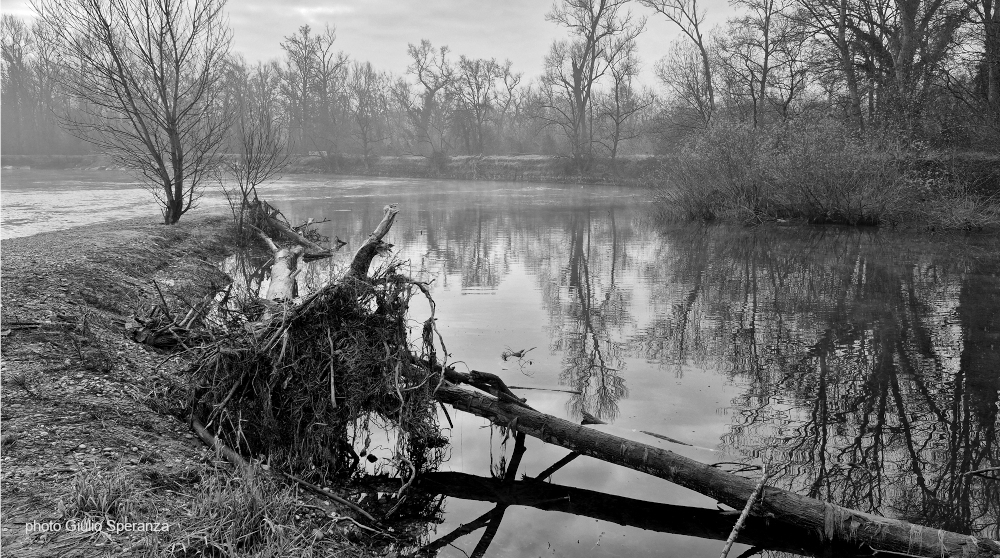
About the Lomellina
Most people speed past it on the highway, or are annoyed on their way south that they are once again stuck in a traffic jam on the highway that bypasses Milan. Nobody thinks about a scenic gem called “La Lommellina”.
This small, unnoticed area to the west of the big city of Milan is a gem in many respects. Even if the mighty mountains, above all the second highest in the Alps, Monte Rosa, lie to the northwest of the Lomellina, the beautiful lakes of the southern side of the Alps are also a good distance to the north, and the towns and villages are small and do not bear any world-famous names.
The Romans paid little attention to the area. It was subordinate territory and a transit area to Gaul. It was not until the Longobards arrived during the Migration Period that they discovered the area west of the garrison town of Mediolanum, established their center in Pavia and founded small counties. One of these was Lomellina, with the now tiny village of Lomello as its capital.
It became a very fertile agricultural area after the marshes were drained. Many prestigious farmhouses and manor houses bear witness to this with their grandly functional style. Some small towns became quite rich in the process and spruced themselves up; the small town of Vigevano (main emphasis on the e) probably has the most beautiful village or town square in the whole of Italy, and the smaller towns around it naturally did not want to be left behind. At the end of the 19th century, a little industry came to the area. The Gaggia company is well known to all coffee drinkers.
One of the southern Alpine lakes mentioned above, Lake Maggiore, has contributed greatly to the fantastic nature of Lomellina. Its outflow, the Ticino, has strongly shaped the landscape. The “Parco del Ticino” is today one of the most interesting natural landscapes in southern Europe. A paradise for anyone who can see.
In this large-format photo workshop, we will focus on all three aspects of the Lomellina: the natural landscape, the man-made agricultural landscape and the urban residential landscape.
Who is the workshop aimed at?
Amateur or professional photographers who would like to apply and/or deepen their knowledge of large format cameras, analog large format photography and film processing in the beautiful surroundings of the Lomellina.
Number of participants: minimum 6, maximum 8
Prerequisites for participation
Basic knowledge of large format cameras and analogue large format photography is required for participation. However, during the workshop there will be the opportunity to explore all desired technical/practical aspects individually with the instructors.
Description
Five days of photography in the Lomellina region with Giulio Speranza, a mountain and architectural photographer specializing in the use of large format cameras, and Urs Bernhard, an experienced landscape photographer and printer, director and author. The two instructors will take the participants to the most interesting places to discover the natural landscapes of the Parco del Ticino, the Lomellina countryside and the most beautiful urban places in the region. The images taken during the workshop will be developed daily and commented on together on a light table and PC. A comprehensive experience, therefore, enriched by the presence of two instructors and the technical support of JOBO, so that each participant can be accompanied in the best possible way and, among other things, bring their own point of view and approach to the subject.
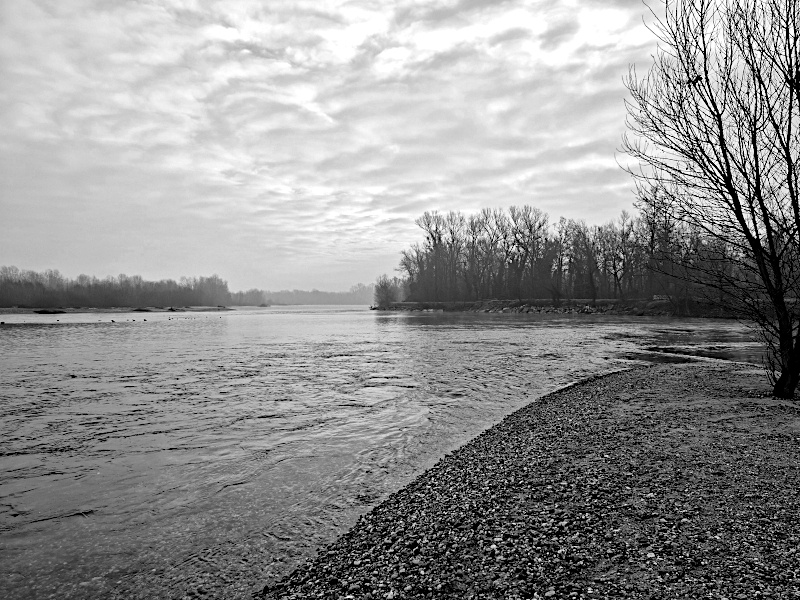
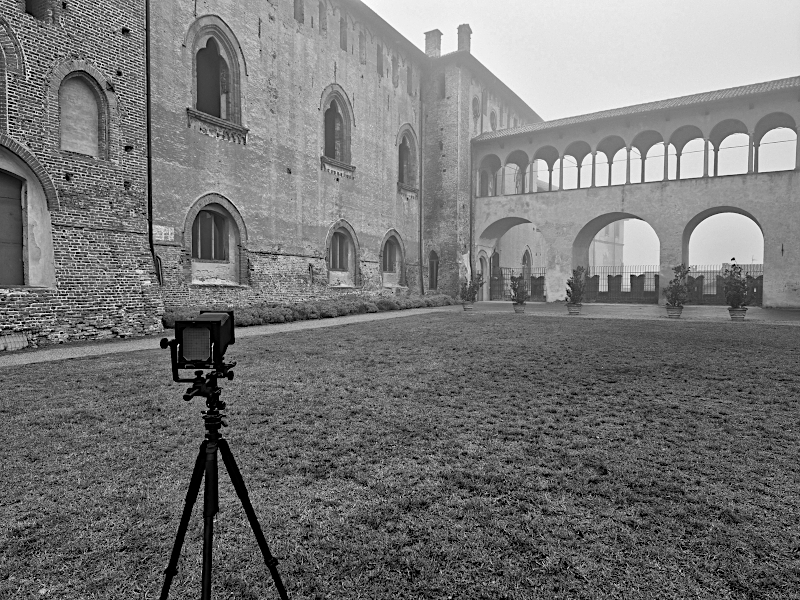
The program in an overview
Monday, September 29: Arrival of the participants in the early afternoon, accommodation in the hotel. This is followed by an introduction to the workshop. Dinner and overnight stay.
Tuesday, September 30, Wednesday, October 1 and Thursday, October 2: Photography days in the Lomellina, constantly changing locations and motifs to be photographed. Picnic lunch. Return to the hotel in the afternoon and develop the exposed films. After dinner, time to discuss the work done.
Friday, October 3: Final comments on the workshop, time for questions and insights. Farewell and free departure.
Logistics
Our accommodation is the Hotel Locanda Milano in Gambolò, a village a few kilometers south of Vigevano. Accommodation is in double rooms with separate beds. Dinner is served in the hotel’s own restaurant. Participants must arrive with their own vehicle. For the photo shoots we will use the available means of transportation.
PRICE, BOOKING AND PAYMENT MODALITIES
Price of the workshop : 595€, to be paid until 31st July 2025
Includes tuition, teaching and technical material (films, chemistry, handouts, etc.).
Price for accommodation and meals: approx. 220 €
Includes accommodation in a double room with separate beds (4x) and dinner with menu (4x), excluding drinks. It is possible to stay in a single room and/or order an à la carte dinner at a higher price. Packed lunches are not included in the price.
HOW TO REGISTER
Due to the limited number of participants, places will be allocated strictly on receipt of payment. Please transfer the full participation fee to the following account:
JOBO artisan, Kreissparkasse Köln IBAN: DE91 3705 0299 0341 5607 04.
If the minimum number of participants for a workshop is not reached, the workshop will not take place. In this case, the full amount will be refunded. Cancellation by participants can only be accepted with a full refund up to 6 weeks before the workshop. Cancellations up to 4 weeks before the date will be refunded 50% of the amount. The entire amount will be retained in the event of a shorter cancellation period. We thank you for your understanding and look forward to working with you on our workshops.
Participation including breakfast and dinner is exclusively for participants photographers.
By registering, you agree to the above conditions.
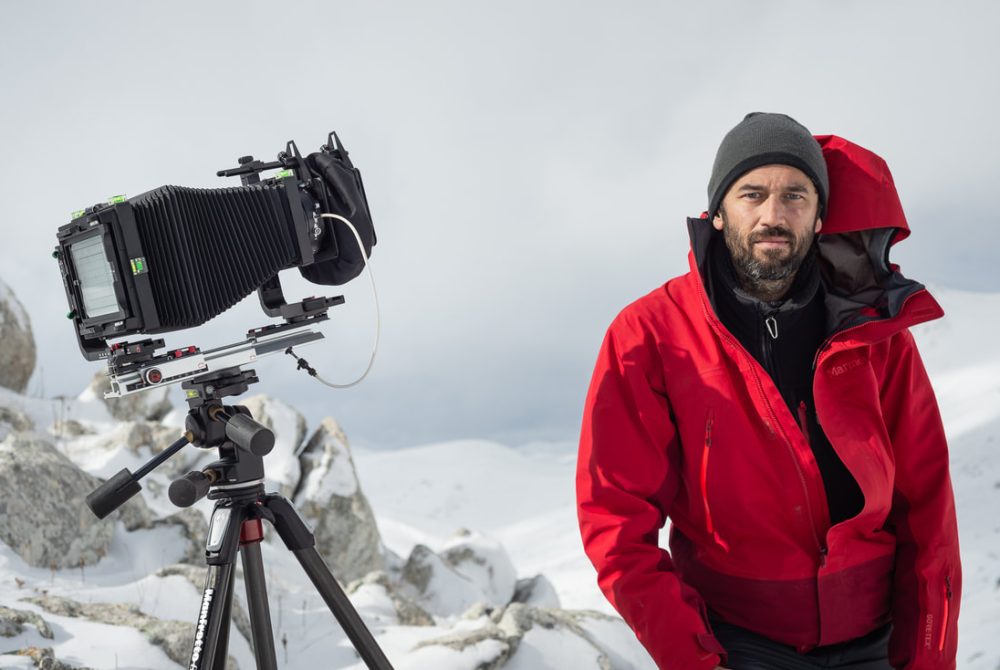
Giulio Speranza (*1980 in Rome) is a professional photographer and PhD in Geological sciences. He works mainly on interior photography, architectural photography and, above all, mountain landscapes photography. For about 15 years he has been working using, alongside digital cameras, large format view cameras, from 4×5″ to 8×10″, mainly in black and white. His works have been featured on the Linhof and Sinar official websites, he is a JOBO Artisan partner and the main tester for StenopeiKa large format cameras. He teaches regularly view camera technique and landscape photography, including workshops on the Central Apennine mountains and various Italian locations. He also collaborates with companies as Booking.com as interior and landscape photographer. Among many exhibitions and publications on national and international photography magazines, he also published in 2020 “Gran Sasso d’Italia,” and in 2023 “Majella Madre,” photographic books focused on mountain landscapes of Central Italy entirely made using view cameras and large format film. In 2023 he won photographer of the year at the Tonino Di Venanzio award. He is currently focused on the third and final chapter of his research on the Central Apennines with the “My Mountains” project.
giuliosperanza.com
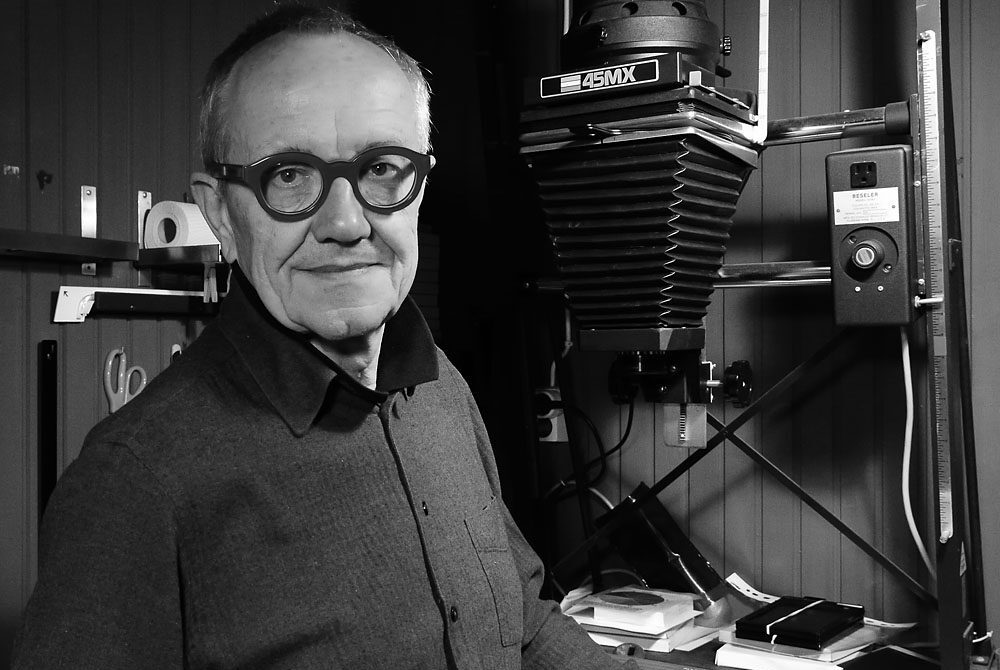
Urs Bernhard (*1949 in Winterthur Switzerland) I can’t remember a time when I wasn’t working and playing with images and words, with stories and emotions – as a photographer, as a journalist and as a filmmaker.
I graduated with a MA degree in art history and philosophy from the University of Zurich in 1974. For some years I worked as a director and set designer for the stage and then as a journalist for Swiss television. The foundation for my work as television production director was the training I received at the BBC in London in 1979.
In addition to the career as a television production director I have always loved teaching – sharing my experience and knowledge with younger generations. I taught visual communication at the Istituto Europeo di Design in Milan from 1987 to 1993, during which time I also worked as a fashion photographer. Though I’m retired from television directing now, I continue to teach, actually mainly photographic workshops.
The move north to rural Sweden in 2007 spurred a growing interest in exploring the natural and human altered landscape with my photography. I now concentrate on personal photographic projects as I consider the still photograph to be more poetic than a film or motion picture.
I live with my wife, children’s book author and book designer Gudrun Thielemann, on Öland/Sweden.